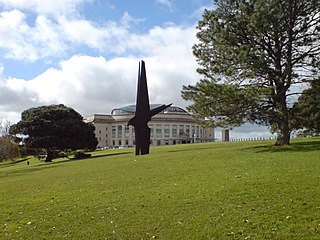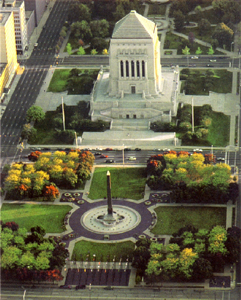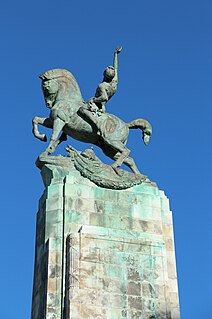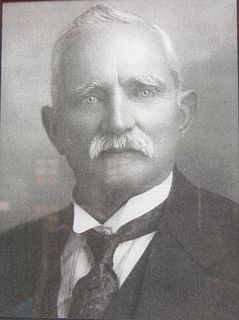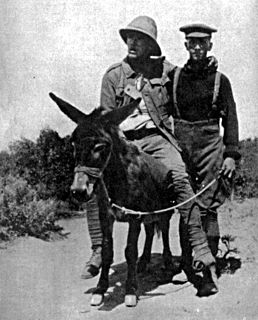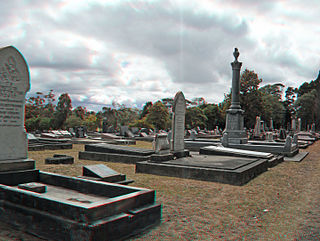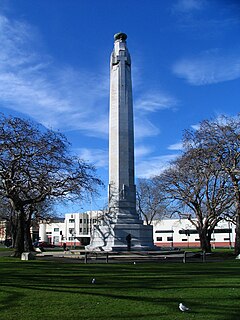
Richard Oliver Gross (10 January 1882 – 27 December 1964) was a New Zealand farmer and sculptor. He was born in Barrow-in-Furness, Lancashire, England on 10 January 1882. [1]

Barrow-in-Furness, commonly known as Barrow, is a town and borough in Cumbria, England. Historically part of Lancashire, it was incorporated as a municipal borough in 1867 and merged with Dalton-in-Furness Urban District in 1974 to form the Borough of Barrow-in-Furness. At the tip of the Furness peninsula, close to the Lake District, it is bordered by Morecambe Bay, the Duddon Estuary and the Irish Sea. In 2011, Barrow's population was 57,000, making it the second largest urban area in Cumbria after Carlisle, although it is geographically closer to the whole of Lancashire and most of Merseyside. Natives of Barrow, as well as the local dialect, are known as Barrovian.

Lancashire is a ceremonial county in North West England. The administrative centre is Preston. The county has a population of 1,449,300 and an area of 1,189 square miles (3,080 km2). People from Lancashire are known as Lancastrians.

England is a country that is part of the United Kingdom. It shares land borders with Wales to the west and Scotland to the north-northwest. The Irish Sea lies west of England and the Celtic Sea lies to the southwest. England is separated from continental Europe by the North Sea to the east and the English Channel to the south. The country covers five-eighths of the island of Great Britain, which lies in the North Atlantic, and includes over 100 smaller islands, such as the Isles of Scilly and the Isle of Wight.
Gross sculpted the following works:
- The figure of Endeavour on the Auckland Grammar School war memorial, Auckland.
- The figure of Sacrifice on the Cambridge war memorial.
- The lion at the base of the Dunedin cenotaph.
- The fountain at the National War Memorial carillon, Wellington.
- The bronze frieze around the Havelock North memorial.
- The stone frieze on the Auckland War Memorial Museum, Auckland.
- Elements on the Wellington cenotaph including the two panels of a call-to-arms relief and the equestrian figure on top, the ‘Will to Peace’. After the Second World War Gross added the bronze lions to the cenotaph.
- The Athlete and The Swan on the Domain gates, Auckland.
- The marble memorial to the Labour leader Harry Holland, in the Bolton Street cemetery, Wellington.
- Davis memorial fountain at Mission Bay, Auckland.
- The bronze Maori chief for the One Tree Hill memorial, Auckland.
- The figure of love and justice for the memorial to Michael Joseph Savage at Bastion Point, Auckland.
